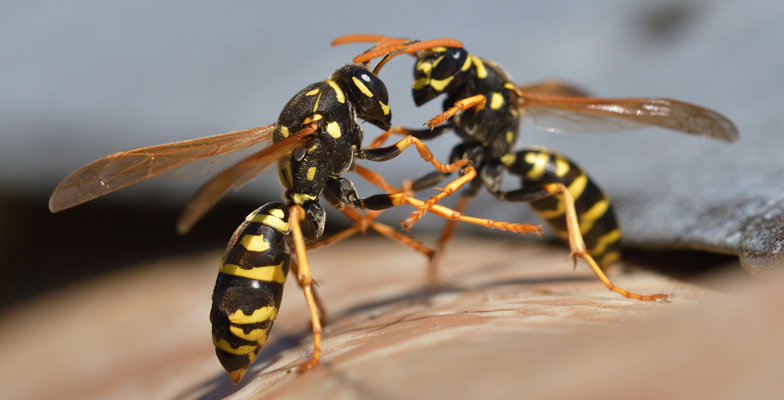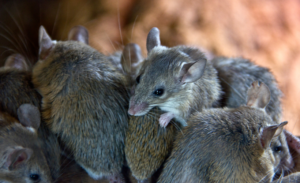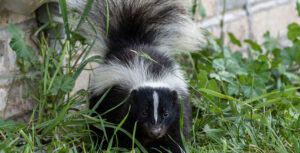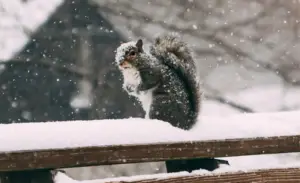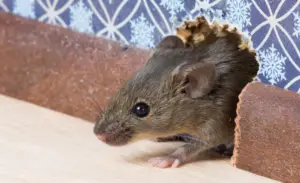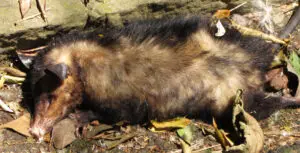Distinguishing Characteristics of Wasps, Bees, and Hornets
Hornets
All hornets belong to the wasp family, but not all wasps are hornets. The European hornet is the only species of hornet established in Canada. It lives in the Woodlands of Southern Ontario and can even be found flying around Windsor. Resembling oversized yellow jackets, they measure around ¾ to 1½ inches in length and construct nests in the ground or hollow trees.
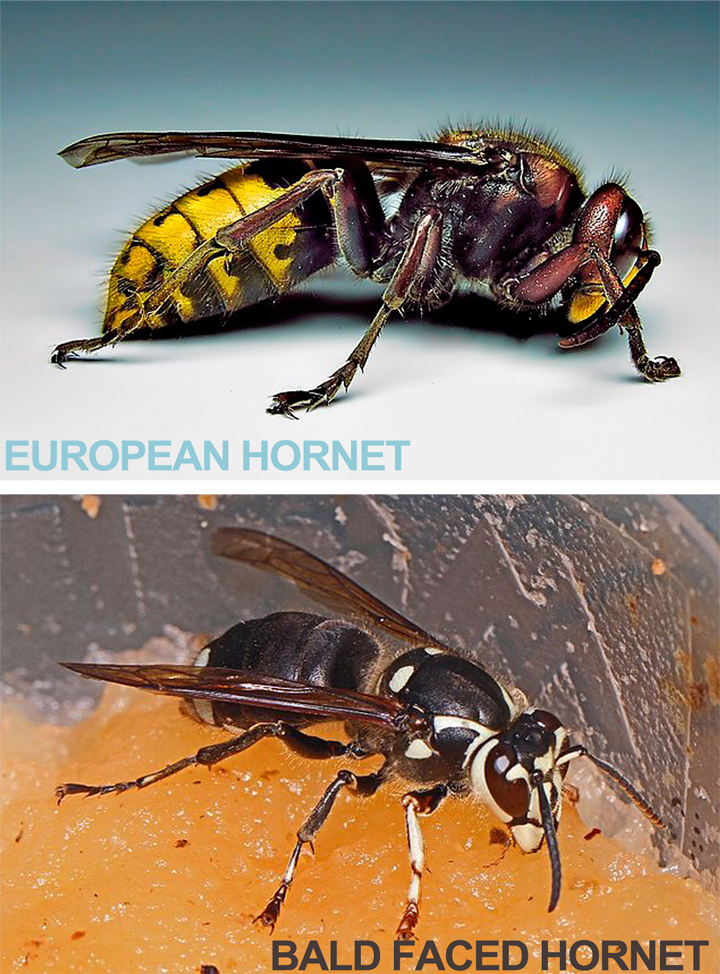
The bald-faced hornet is native to Canada, but is actually a species of yellowjacket, very closely related to a paper wasp. Featuring a body with black and yellow blotches and white markings on the face and abdomen, these species of wasps build massive gray nests resembling basketballs, often hanging high in trees.
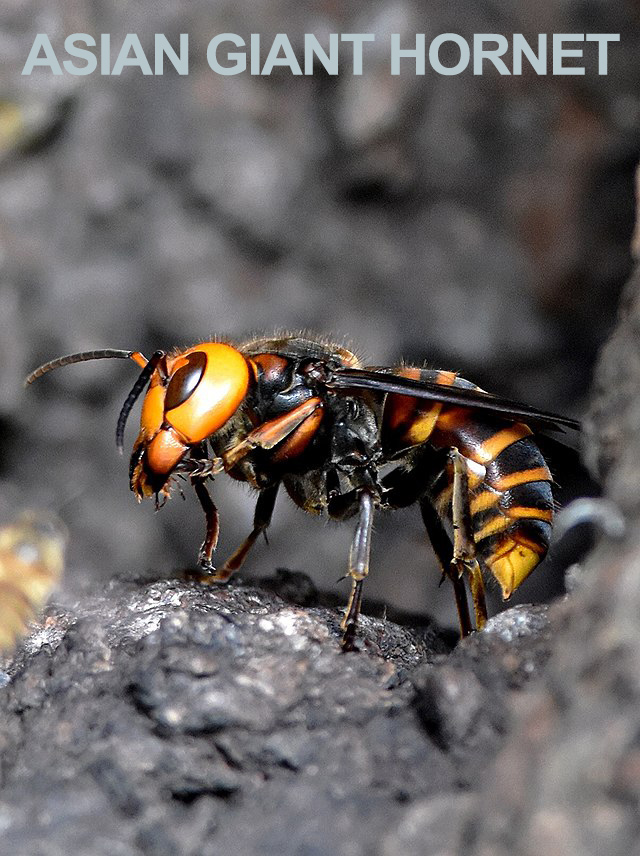
Recently, a new hornet, known as the Asian giant hornet, made its way to the west coast, around British Columbia garnering significant attention. Dubbed the “murder hornet,” they viciously attack honey bee colonies, decapitating the bees, consuming their honey, and stealing the larvae to feed their young. These hornets stand as the giants of the wasp world, measuring around 2 inches in length. In Japan, they are referred to as sparrow wasps due to their resemblance to small birds during flight. Their sting is highly painful to humans, and approximately 50 unfortunate individuals fall victim to their venom’s deadly neurotoxin each year.
Wasps
While various solitary wasps exist, such as digger wasps and mud daubers, most wasps exhibit social behavior, living in colonies of a queen, female worker bees, and drones, similar to honeybees. Solitary wasps create nests in the ground or natural cavities, whereas social wasps attach paper wasp nests formed from chewed fibers to tree branches or the eaves of buildings.
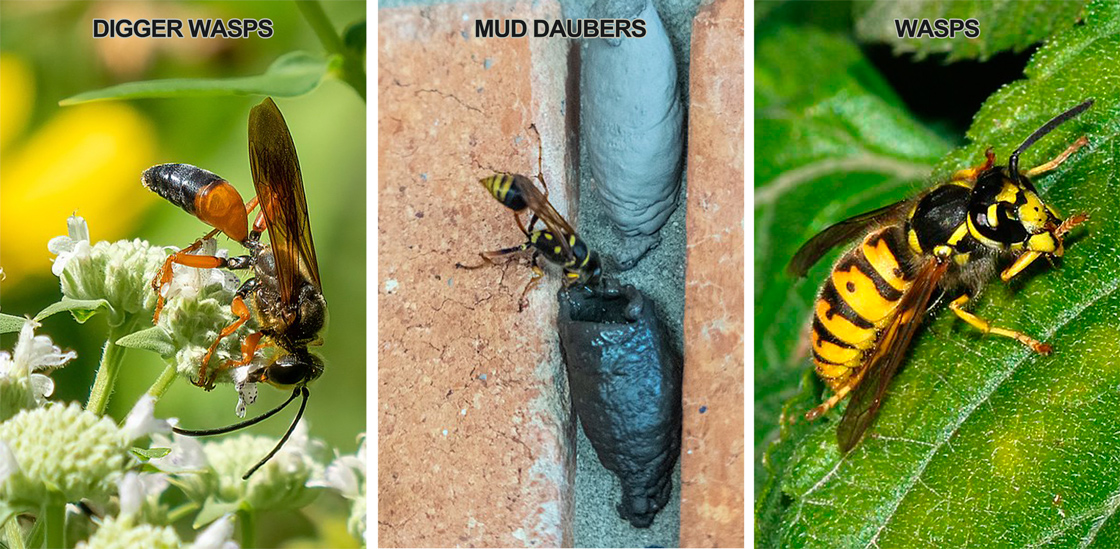
Yellow jackets, a well-known social wasp, construct nests above and below ground. During autumn, all social wasps, except for fertilized queens, perish. The surviving queens seek shelter in protected locations like under loose tree bark, hollow logs, or within soil cavities, emerging in spring to establish new colonies. Solitary species of wasps rely on their larvae to mature during spring and initiate the next generation.
Are Hornets and Wasps Considered “Bad Flying Insects”?
Hornets & Wasps
No. Wasps play a crucial ecological role in natural pest control. Social wasps act as predators, capturing social insects such as grasshoppers, caterpillars, grubs, aphids, and flies, paralyzing them, and placing them into egg chambers as food for newly hatched larvae. Wasps also prey on spiders, with the blue mud dauber having a particular fondness for black widows.
Considering their appetite of harmful insects, wasps should be deemed beneficial to gardeners. Adult wasps feed on nectar, inadvertently contributing to pollination. However, they can become nuisances during outdoor dining as they are attracted to meat and sweets and tend to scavenge for food. If encountered, it is advisable not to swat at them or display aggressive behavior, as they may sting in self-defense. Not good if you have any type of allergic reaction, not to mention the stinger! Wasps are capable of multiple painful stings, unlike honey bees, which can only sting once. If a ground nest is accidentally disturbed, it’s best to retreat swiftly.
Bees
Bees primarily consume pollen and nectar, using it to nourish their young. Their role as pollinators makes them invaluable to the ecosystem. Bees possess a furry appearance due to branched, feathery-like hairs that allow pollen to adhere to their bodies. Generally, bees aren’t aggressive and only sting when threatened. Male bees do not possess stingers. Except for honey bees and species of bumblebee, most bee species are solitary, establishing underground nests. Each female bee tends to her eggs, gathering pollen to feed the larvae upon hatching. In the United States and Canada, there are approximately 4,000 native bee species.
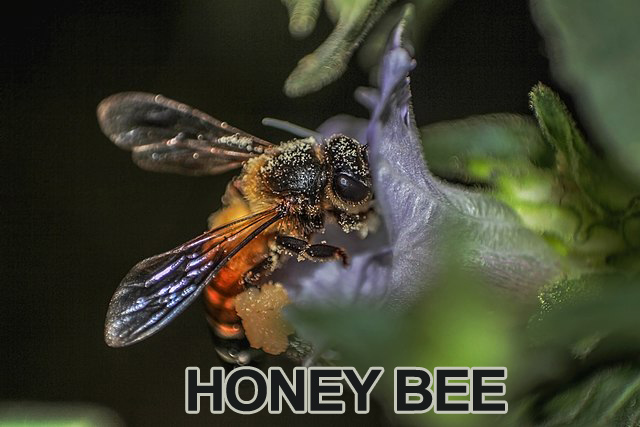
Not all insects belonging to the order Hymenoptera, such as bees, wasps, and hornets, are identical. Although they share similar appearances, these insects are distinct from one another. So, how can one discern between a hairy-footed flower bee, a wasp, and a hornet? Let’s explore!
Over 100 million years ago, bees and wasps diverged onto separate evolutionary paths. Bees, being herbivores, gather pollen as a food source for their offspring. On the other hand, wasps and hornets are carnivorous, preying on other insects. One common trait they share is that only females possess stingers.
Quick Identification:
- Bees: Wide, hairy slender bodies; stout legs; lose their stinger after one sting.
- Wasps and Hornets: Skinny bodies with narrow waists; mostly hairless; can sting multiple times.
It’s important to note that while we often learn about the complex social structures of honey bees and bumblebees, there are over 20,000 species of bees in the world, and most of them do not live in hives. Native solitary bees, such as mason bees and leafcutter bees, play a vital role in pollination, and understanding their significance can help us appreciate the importance of these docile native bees in our gardens.
Life Cycle
Regardless of whether it’s a bee, wasp, or true hornet, their basic life cycle follows a similar pattern: egg, larva, then pre-pupa, pupa, and adult. Female bees develop from fertilized eggs, while male bees come from unfertilized eggs. Eggs are placed in individual nest cells and provided with a food source for the larvae, such as a pollen and nectar loaf for bees or a paralyzed insect for wasps.
The time it takes for the eggs to hatch can vary, with some emerging in a few days and others waiting until the following season. Larvae go through multiple molts, consuming food and growing, while the pre-pupal stage can last considerably.
For instance, an egg laid in spring may take the entire summer to reach the pre-pupal stage and remain in that state throughout fall and winter. Some bees can even stay in the pre-pupal stage for several years. The pupa resembles an adult but lack sets of wings and a hairy body. Eventually, it chews out of the nest as a fully developed adult.
Beneficial Insects
The majority of bees, wasps, and hornets are beneficial creatures for our Eco-system. Wasps and hornets are particularly valuable for pest management in gardens and farms, as they prey on harmful, stinging insects that can damage crops. Interestingly, these types of wasps also contribute to pollination, and their solitary and non-aggressive nature allows them to move from flower to flower diligently.
It is essential to avoid killing these beneficial insects unless their nest poses a hazard near humans. For instance, appropriate measures can be taken if a nest is located near a frequently used entrance and causes potential conflicts. Wait until after dark when the bees have returned to the nest, and use an aerosol wasp killer to eliminate the nest. The nest can be safely removed after a few days of no activity.
For ground-nesting hornets and wasps, locate the entrance hole, apply spray into the opening, and block it with a large rock. Avoid attempting to burn or drown the nest with water, as this can agitate the insects. When dealing with nest eradication, dress appropriately, cover your eyes and all exposed skin, and plan an escape route if needed.
Contact Pro Trap Today!
Before killing these insects, please take a moment to recognize their essential role in our ecosystem, particularly in pest control for our gardens, public lands, and agricultural fields.
If you think you are in need of wasp pest control or wasp nest removal, please Contact our professional exterminators today for effective and efficient solutions to eliminate wasp infestations. Your safety and peace of mind are our top priorities. Schedule your appointment now!
